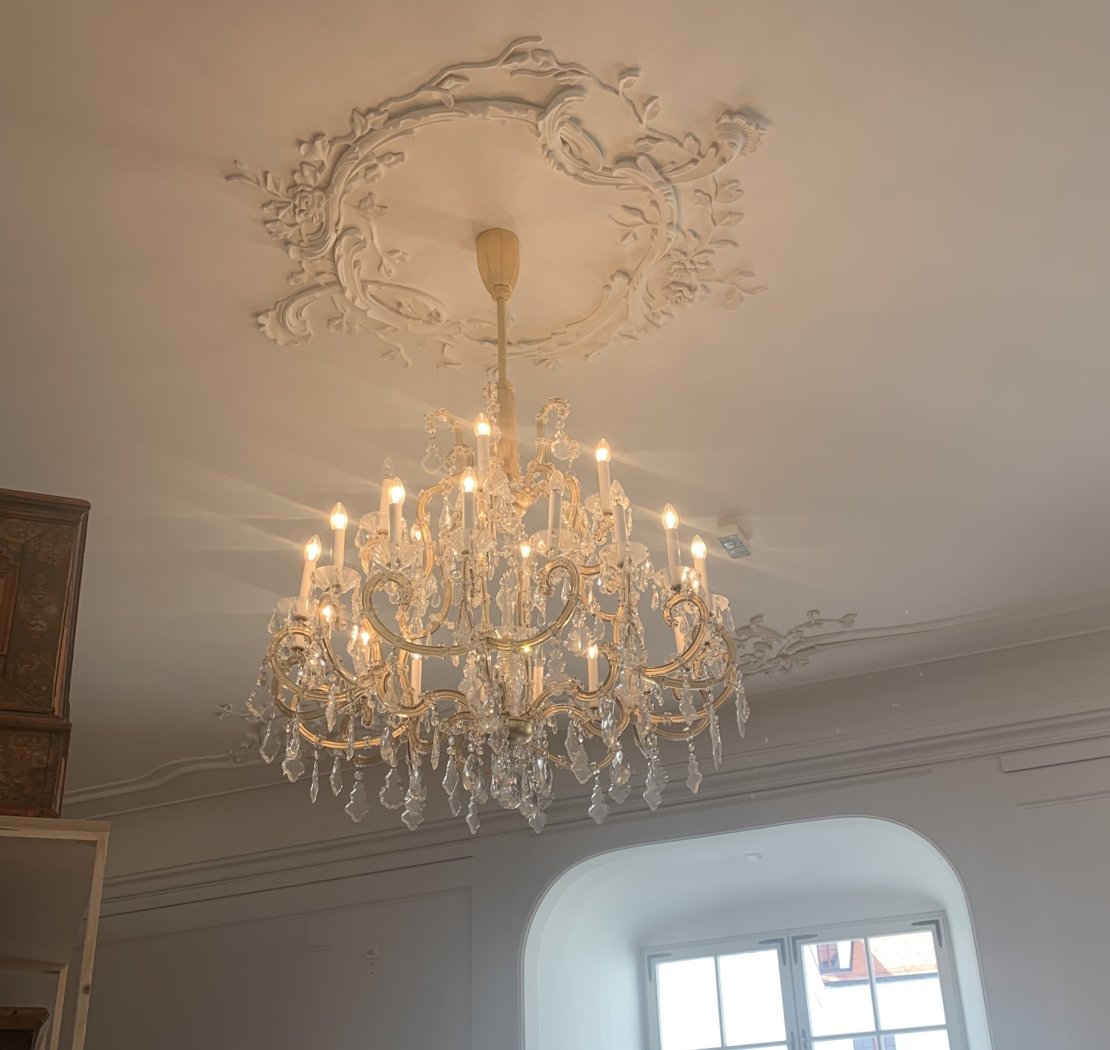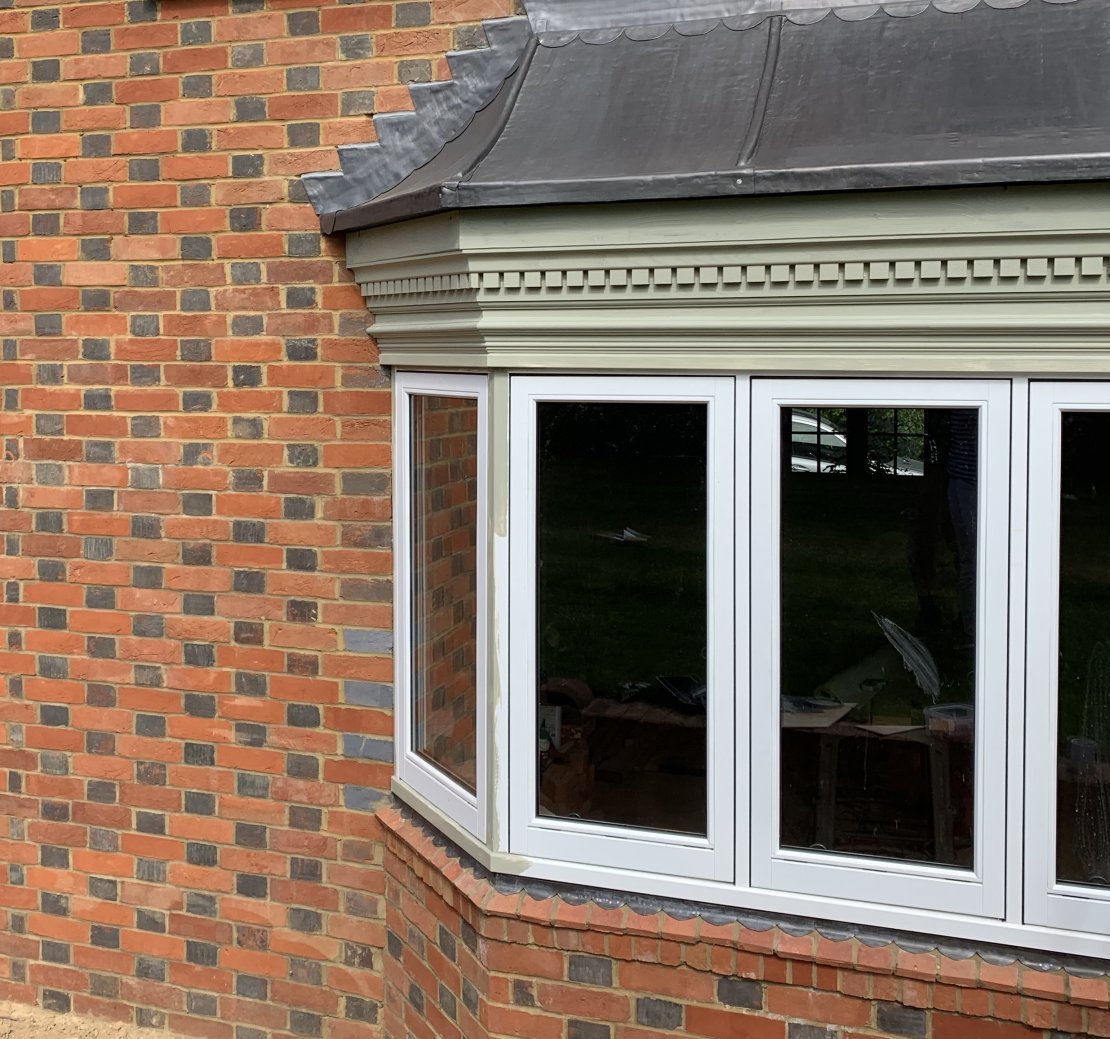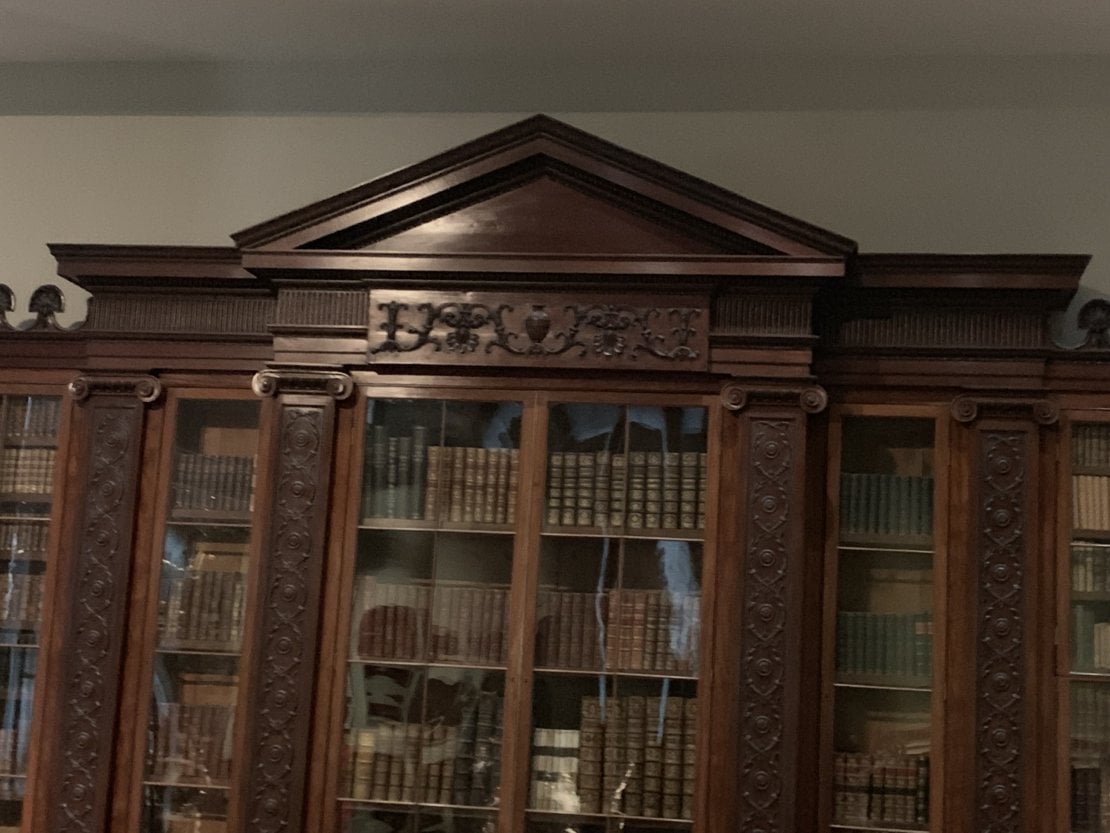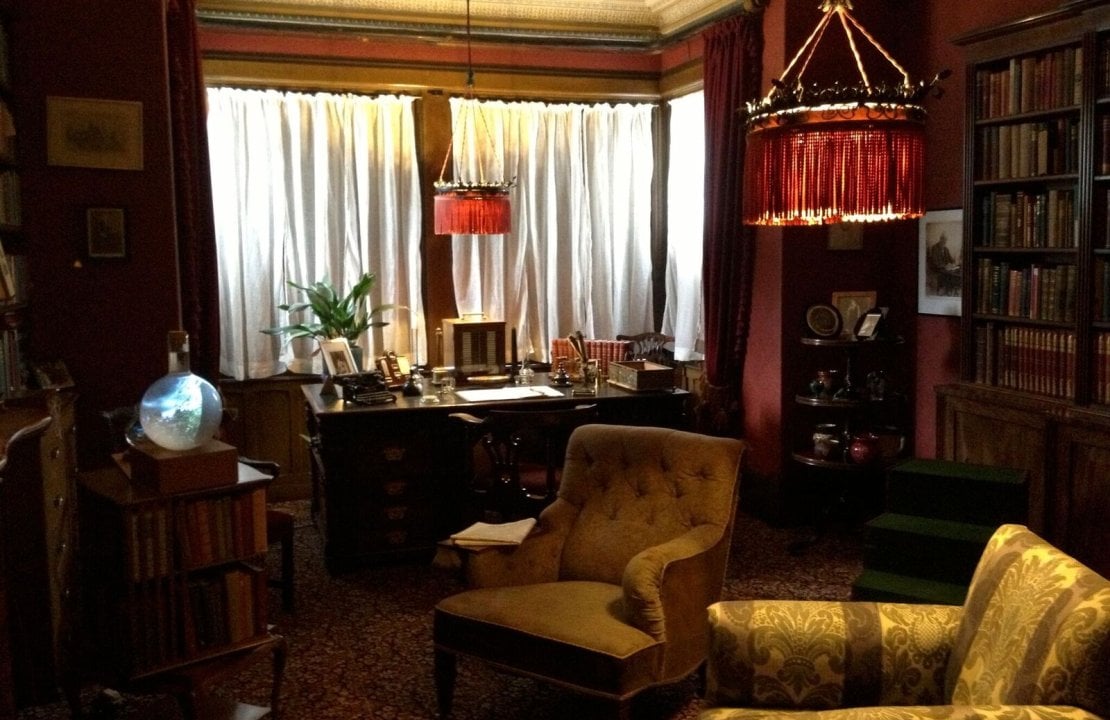It is important to fully understand the function of different mouldings in order to make the most of these items which can really enhance the interior and exterior of your house if used cleverly. Coving is used to top or finish a wall or plane off and is often a method of hiding the structure of this area ie a less than perfect join between wall and ceiling or fixings at the very top of a piece of furniture.

We are often asked by customers questions about wooden Victorian coving related to the use on the join between the ceiling and the wall in rooms, which indicates that many people are not clear about where wood and plaster coving should be used and whether they are interchangeable.
These products are different and have different functions. In certain locations, plaster coving is the only option, and in others, wooden coving must be used. For example, plaster coving cannot be used outdoors and it is too heavy to be used as a decorative moulding attached to the top of furniture and kitchen units.

Should I use plaster or wood coving?
Plastered walls are most suited to using plaster coving – this is because all plaster products will expand and contract at the same rate and if wooden coving is used on them it could crack as room temperatures change. Plastered walls generally are never 100% flat. Slightly damp plaster coving can be fitted onto uneven walls giving a good finish as there is some flexibility in the plaster. Wooden coving, however, has next to no natural flexibility and if you try to fit a long length of wooden coving on a wall and ceiling, you will find there are lots of gaps that need to be filled to get a good finish. The wood is likely to crack as it seasons and as the room temperature changes throughout the year as the wood and the plaster it is affixed to will expand and contract at different rates. The wooden coving will then need to be filled and repainted as it cracks until it is fully seasoned which may take several years of remedial works being required.
Wooden coving can be used to give a decorative finish to wooden furniture and house decorative woodwork such as on porches, bay windows, fitted furniture such as dressers, wardrobes, cabinets, shelves and libraries and also most commonly on kitchen units. What these items have in common is that they are all tall and coving gives them a decorative and neat finish.
Wooden coving can also be used to construct decorative door surrounds called Crown Mouldings, less common in the UK but fairly common in the USA and Canada, which give a more decorative option above doors than common architraves.

If you are repairing or enhancing old or antique furniture by using wooden coving, you are unlikely to find a perfect colour match to your old wood with new wood products however this is where wood dyes and stains come into their own. Using a dye or stain enables you to buy a new wood and colour it so it looks like a perfect match to the original on your furniture. Don’t fully dye your wood with a stain without doing a patch test first on a small section preferably on the back of the wood. You may find that you need to mix a few different coloured dyes to get a really good match. Always leave it to dry before making a judgement about how good the match is. Try to use the same type of wood as oak has a different grain to ash or pine and it's important that the type of grain, as well as the colours, match.
Which profile of wooden coving should you use in different places of your home?
If you are using wooden coving to enhance the top of your kitchen units, you’ll want to choose a profile that sits at 45 degrees to the kitchen units. This shape is attached at it’s lowest part to the top of the kitchen units and so that the upper part of the profile obscures the join between the two parts. At each corner 45 degree mitre angles will need to be cut into the coving to provide perfect joins where the two pieces meet. Fix in place using specialist wood glue along with some small nails, being careful that these nails do not show through from the front.
To create a crown moulding to make doorways look really grand, you would use a coving profile that has a 90 degree angle at the back so that it can be fully attached to the wall above the door. This is a fairly simple look to recreate as it just requires a pretty standard decorative architrave around the door, a flat piece of wood cut to the depth of your choice above this and to the same width of the architrave, with a coving with a flat back again cut to the same width above the flat piece of wood. This creates an impressive crown above your door.
Decorative wooden coving can also be used to make a stunning curtain pelmet in a few fairly simple steps. Read our full guide to creating a decorative gold antiqued curtain pelmet here.

Be the first to add a comment...